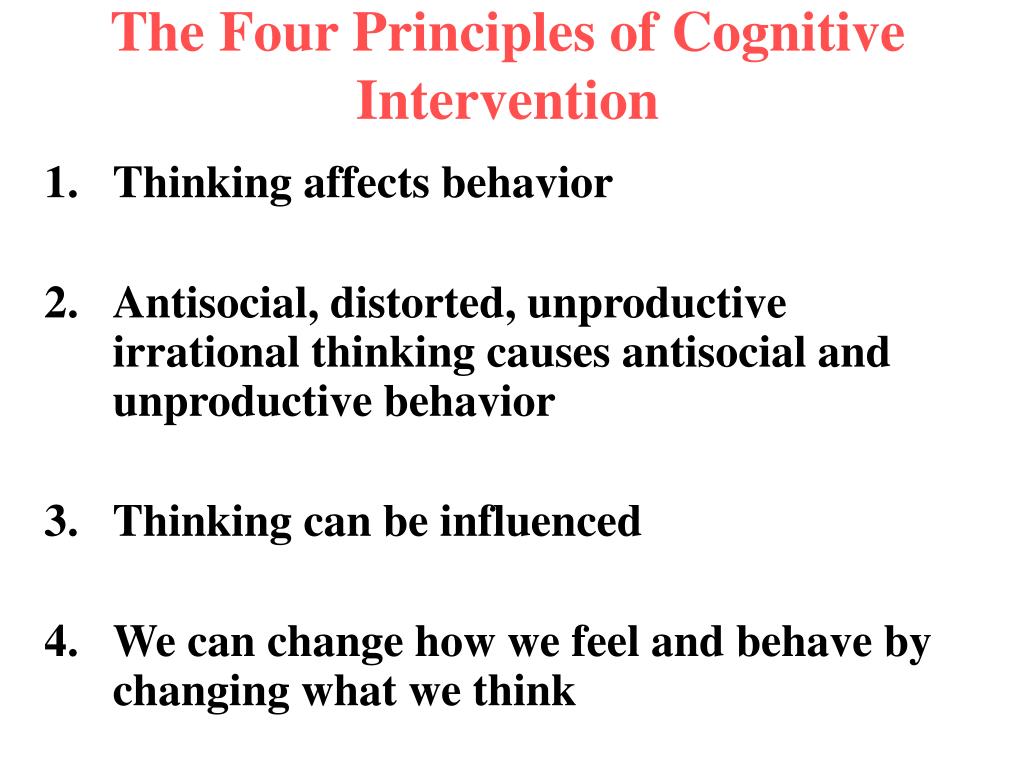
Meanwhile, skeptics sympathize with the humanitarian impulse to help civilians but are troubled about methods and consequences. Opponents argue against intervention on the basis of illegitimacy, practical constraints, and negative consequences. Proponents favor humanitarian intervention on the basis of legitimacy and the consequences of nonintervention. Political scientists use realist and constructivist paradigms to analyze the motives of intervening states and to argue for or against the practice. The contemporary debate focuses on the long-standing disagreement between positive law and natural law about coercive intervention. Eventually, a diverse body of literature on humanitarian intervention has developed. It is grounded in natural law, which recognizes the right of sovereigns to use force to uphold the good of the human community, particularly in cases where unjust injury is inflicted on innocents.

Ultimately, the Western intellectual tradition of just war is the foundation for contemporary international law governing armed conflict.

These three eras are distinguished by differences in the structure of the international system. There are three eras of humanitarian intervention: the entire time up to the end of World War II, the Cold War, and the post-Cold War period.

Humanitarian intervention is the use of military intervention in a state to achieve socioeconomic objectives, such as keeping people alive and communities functioning by providing basic necessities, without the approval of its authorities.


 0 kommentar(er)
0 kommentar(er)
